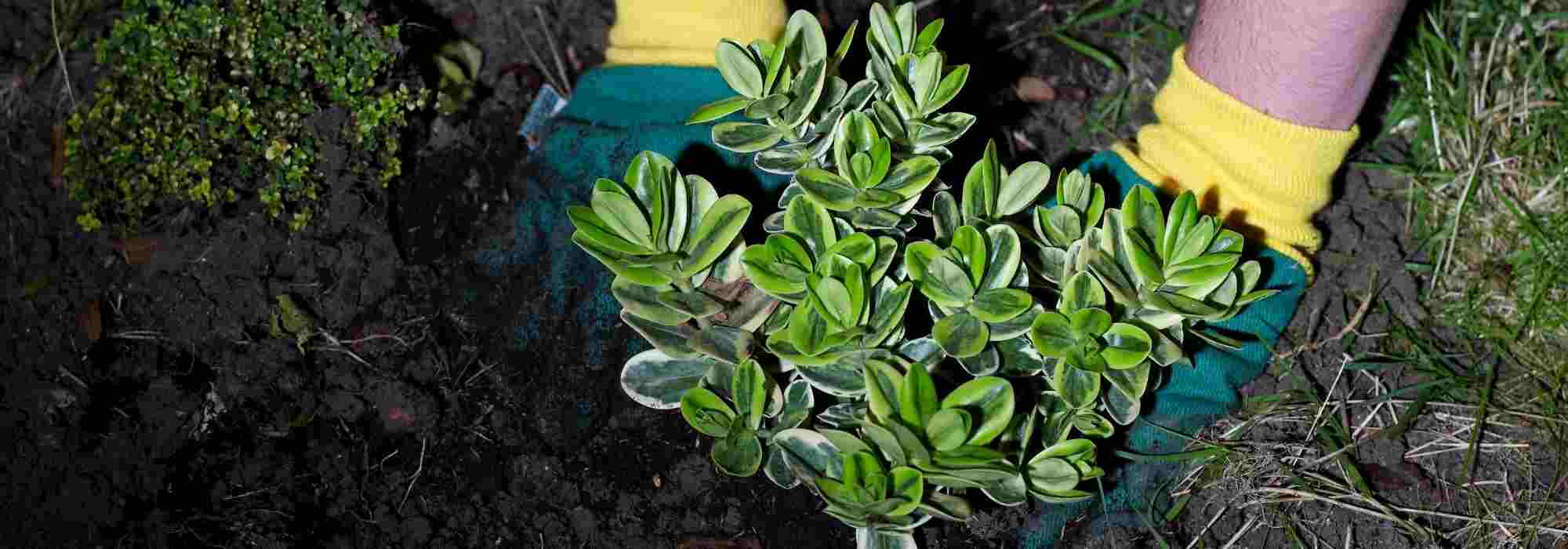
Planting: The Misguided Good Ideas
Down with preconceived notions!
Contents
Planting a tree, a bush, a perennial or even a bulb may seem simple at first glance. However, it is not something to be taken lightly if you want your plant to thrive. Moreover, we sometimes read or hear planting advice that can do more harm than good if applied. Let’s clarify some misconceptions or false good ideas regarding planting.
You must plant in spring!
No!
Here’s a strongly held belief: planting only occurs in spring. Sometimes, we even hear: “let’s wait until the last frosts have passed“. However, in the northern part of France and Belgium, it can freeze until early May. This would significantly limit the planting periods.
In reality, planting dates depend on numerous factors:
- The plant itself: deciduous trees and bushes are typically planted in autumn, evergreen shrubs at the end of summer, and the more tender plants around May, to name just a few examples. Each plant has its preferred planting period. Don’t hesitate to check the planting periods in literature or on our product sheets for each one;
- How is this plant offered: bare roots, in clumps, or in containers? Trees, shrubs, and sometimes even perennials offered as bare roots are planted in autumn and just after winter. Those in clumps have a slightly wider planting period. Meanwhile, plants sold in containers can, in theory, be planted all year round, except during frost or drought;
- The climate: you don’t plant at the same time in Lille as in Marseille! The frosts are different, and the soil doesn’t warm up in the same timeframe…
- The soil: heavy, wet, and poorly drained soil takes time to warm up, which often delays spring plantings. You can plant in autumn in this type of soil, but only the plants that can tolerate these conditions. In well-drained soil, the planting periods are broader (autumn and spring).
In short: you’ve understood, spring is one of the planting periods, but not the only one. Ultimately, it’s not even the best time for a good number of plants that prefer autumn planting.
 The planting period depends, among other things, on the type of container of your perennial, tree, or bush.
The planting period depends, among other things, on the type of container of your perennial, tree, or bush.
You need to plant in a large square hole!
If only it were that simple…
Regarding the shape of the hole, no scientific research has proven that a square, round, or star-shaped hole is more suitable for the establishment of a plant. Make a hole! Its shape doesn’t matter.
As for the size, it’s tricky to generalise, as it depends on many factors:
- the size of the root ball or roots at the time of planting: essentially, the age of the plant;
- the type of root system of the plant: cespitose, taproot, running roots…;
- the soil in which you are planting: in heavy soil, you might try planting on a mound, thus a shallower hole;
In summary: there’s no need to dig a trench with an excavator to plant. However, the hole shouldn’t be too small either. To avoid mistakes, it is commonly said that a good planting hole should be about twice the width and depth of the root ball or the entire root system (in the case of trees and bushes with bare roots).
 Adapt the planting hole to the subject
Adapt the planting hole to the subject
No need to water at planting if it rains!
But of course, good heavens!!! How many times have we not heard this phrase…
The water that is brought to the planting of any plant serves two very important purposes:
- to provide sufficient moisture to the substrate surrounding the roots;
- but above all, to ensure that “air pockets” that could form between the substrate and the roots are kept to a minimum. The weight of a good volume of water (10 litres for a tree or a bush) will displace the soil particles and reduce this phenomenon.
In summary: even if you are planting in a downpour (after all, it’s your right!), bring a good watering can of water to your tree, bush, perennial or young plant.
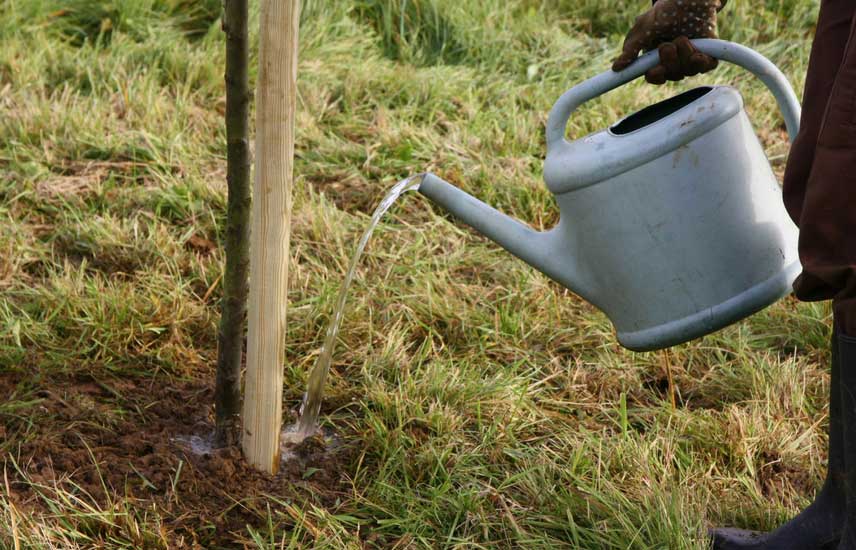 Watering is imperative, always at the base of the subject
Watering is imperative, always at the base of the subject
Pruning is essential at planting!
No!
We were told this a few years ago, but we now know it to be nonsense. Previously, it was customary to reduce the branches of trees and bushes through pruning to balance the vegetative part (branches and trunk) with the root part. Science has intervened and teaches us that in reality, terminal shoots produce auxins. These auxins are plant hormones that allow (among other things) the production of new roots. More terminal shoots = more auxin production and therefore more or little root growth.
In summary: unless there are very poorly placed branches or stems, put away your pruning shears when planting your trees and bushes.
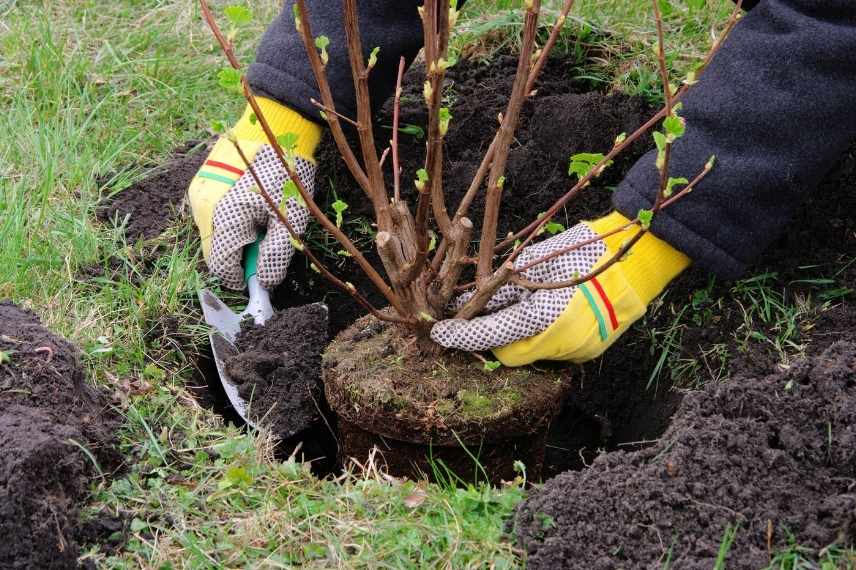 Pruning at the time of planting is optional, only to remove branches that are damaged or poorly oriented.
Pruning at the time of planting is optional, only to remove branches that are damaged or poorly oriented.
We change the soil at planting!
Forget it! “The right plant in the right place” should be the motto of all gardeners. Yet, some persist in trying to change their soil to plant what they want. And that’s quite a bad idea!
A classic example is the establishment of a bed of ericaceous plants (acid soil) in a garden with calcicolous soil (alkaline soil). One might then dig a huge hole (sometimes not even that…), remove the good soil, and replace it with so-called heather soil. However, this never lasts long, and the acidophilous plants will eventually die.
In the same vein, adding compost at every planting is not necessarily required. If your soil is good and suitable for the plants you are installing, don’t add anything: it’s fine as it is. A bit of well-matured compost, however, is always a good addition.
Also, avoid adding fertilisers directly at planting. At best, it will do nothing. At worst, you will burn the young roots.
In short: make sure to grow plants suited to your soil and climate, and everything will go well.
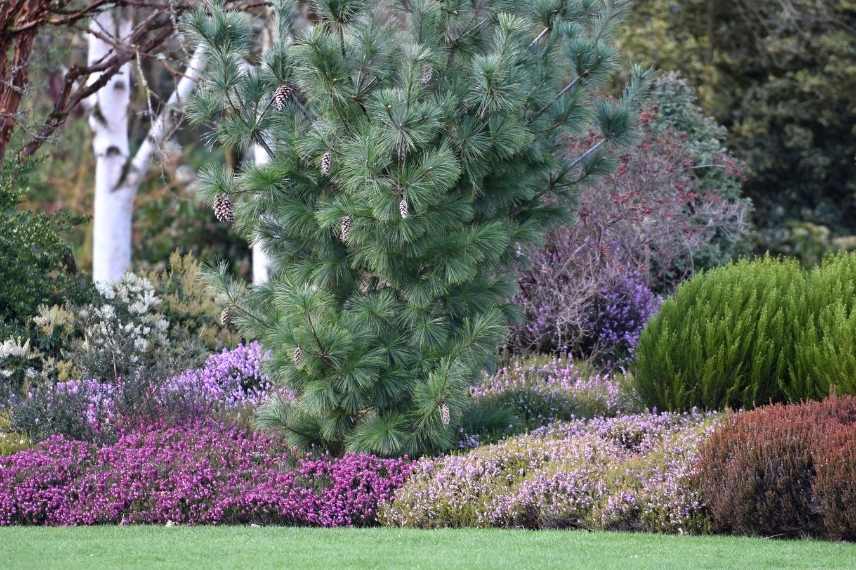 Plant acidophilous plants… in acid soil, it’s a matter of common sense
Plant acidophilous plants… in acid soil, it’s a matter of common sense
We plant large subjects to save time!
Definitely not! In any case, not for woody plants. Ultimately, you won’t save time, and you’ll spend a lot of money and energy for nothing.
A well-developed tree or bush, therefore already mature has either been grown in a container for too long or uprooted from its growing soil to be moved. In both cases, the plant is traumatised. Consequently, it will take longer to start growing normally again, as its root system develops properly in your soil. Moreover, large specimens require rigorous care in the first few years (especially regarding water supply), as the plant is under stress (increased risk of disease) and the roots are not sufficient to seek water deep in the soil or to anchor properly in the ground.
In summary: the planting of a tree or bush should be done at a young age to minimise the trauma of planting. The plant will, in this case, grow quickly and achieve a beautiful height and spread in just a few years, catching up with larger specimens planted at the same time. It’s cheaper, it’s simpler, it’s just as quick, and… it’s better for the plant.
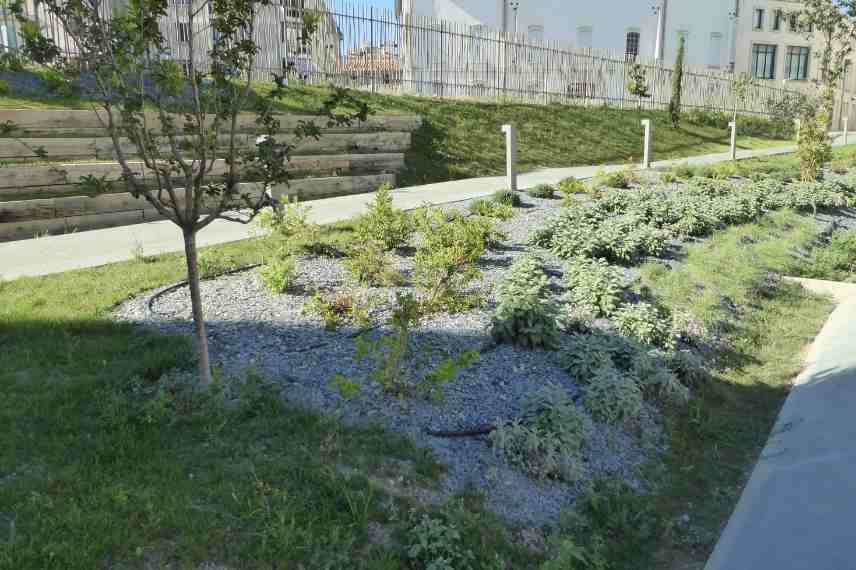
Planting young specimens is ideal; they will quickly catch up with older specimens and establish themselves more easily (© Gwenaëlle David)
- Subscribe!
- Contents
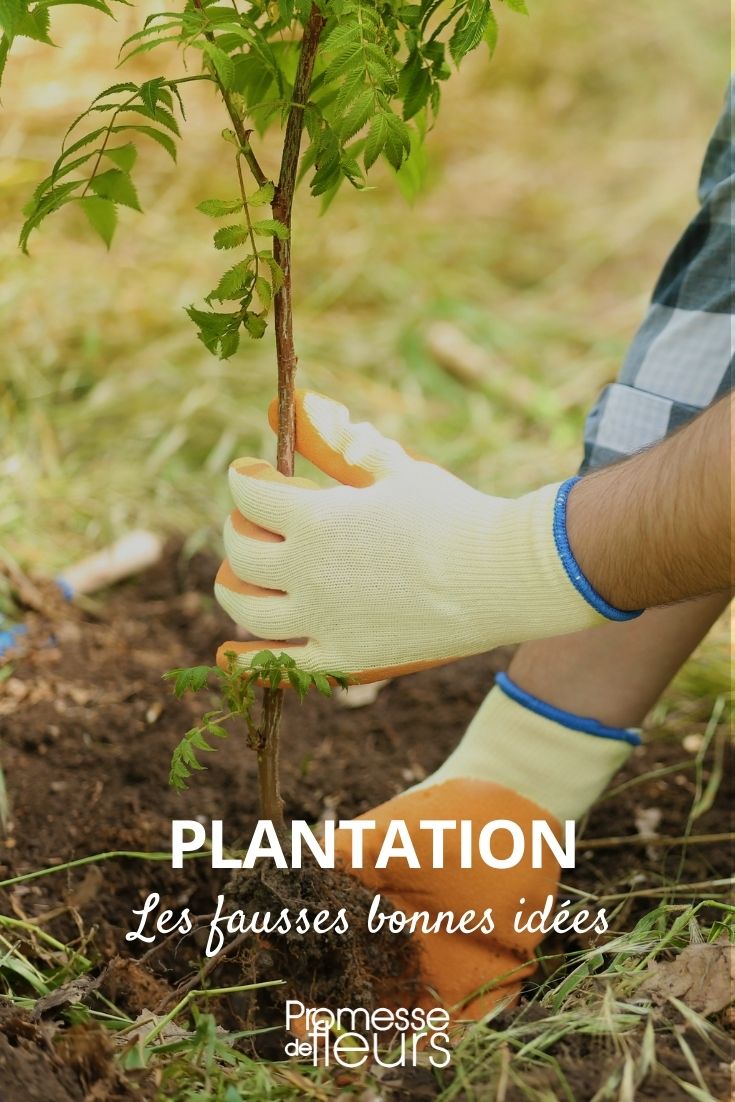































Comments